
We've all experienced sweltering summer days that make us want to seek refuge in the air conditioning.
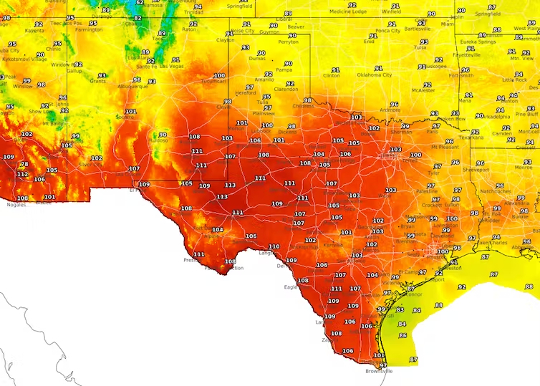
A heat dome occurs when a persistent region of high pressure traps heat over an area. The heat dome can stretch over several states and linger for days to weeks, leaving the people, crops and animals below to suffer through stagnant, hot air that can feel like an oven.
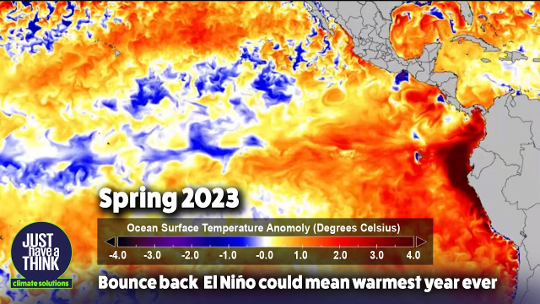
To comprehend El Niño, we must first acknowledge its counterpart, La Niña, and their intricate relationship as part of the El Niño Southern Oscillation (ENSO) system.
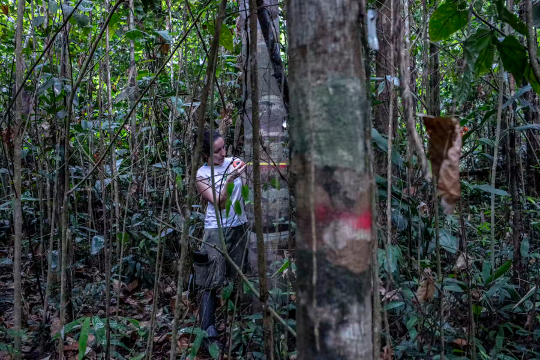
Every two to seven years, the equatorial Pacific Ocean gets up to 3°C warmer (what we know as an El Niño event) or colder (La Niña) than usual, triggering a cascade of effects felt around the world.
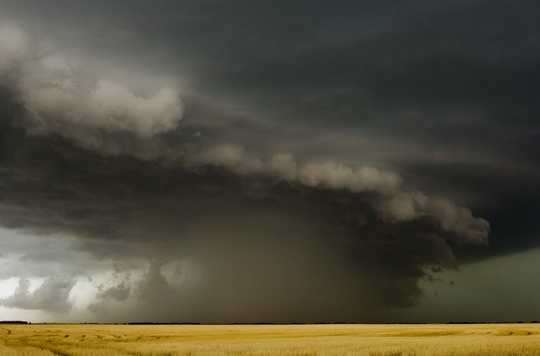
The U.S. recently has experienced two rarer events: organized lines of thunderstorms with widespread damaging winds, known as derechos.
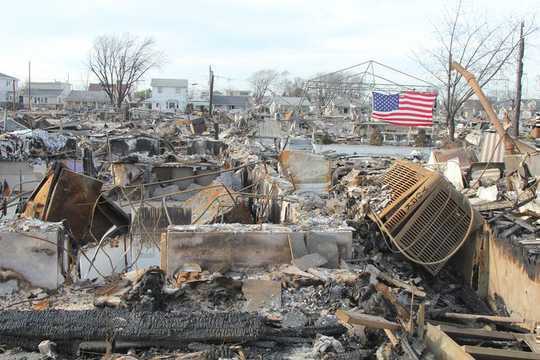
In just over a month’s time, the US Atlantic hurricane season will begin. This means a series of big storms may hit the country for around six months until the end of November.
- By John Oliver
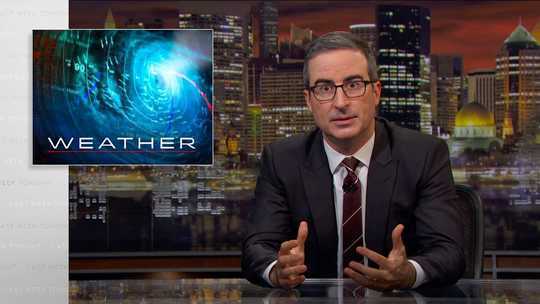
John Oliver discusses the tension between the public and private worlds of predicting the weather.
- By Gary W. Yohe
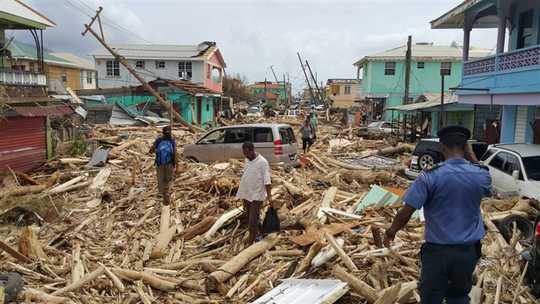
June marks the official start of hurricane season. If recent history is any guide, it will prove to be another destructive year thanks to the worsening impact of climate change.
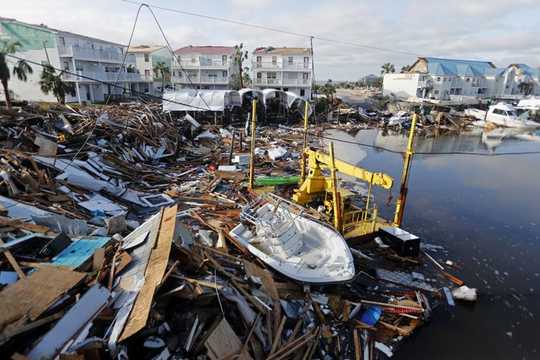
The official Atlantic hurricane season begins on June 1, even as many communities are still recovering from a destructive year in 2018.
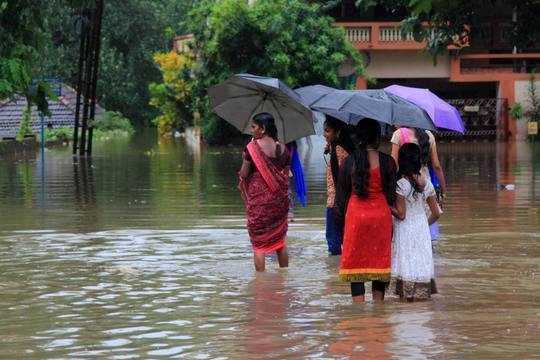
The devastating floods in the Indian state of Kerala are a stark reminder of the vulnerability of the world’s most densely populated regions to weather and climate phenomena.
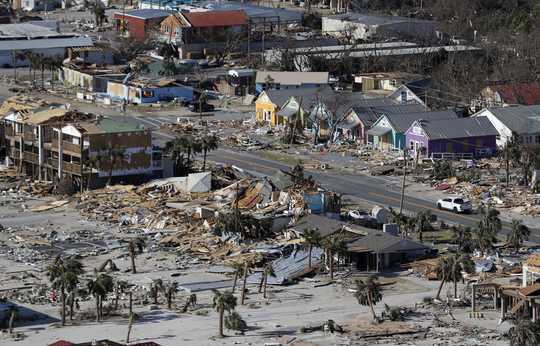
During the 2017 disaster season, three severe hurricanes devastated large parts of the U.S.
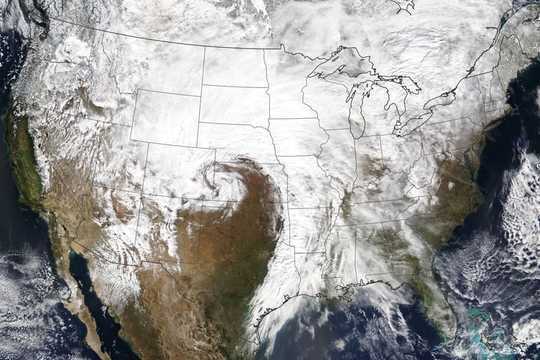
From 78 degrees on Tuesday to snow on Wednesday? Swings like this aren’t unusual in the central United States, where weather can quickly shift from one extreme to another.
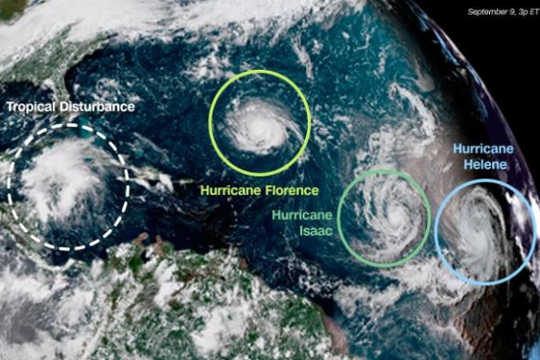
Natural disasters have filled our news in recent weeks. They wreak havoc in poor and vulnerable communities and cost billions in recovery and aid funding.
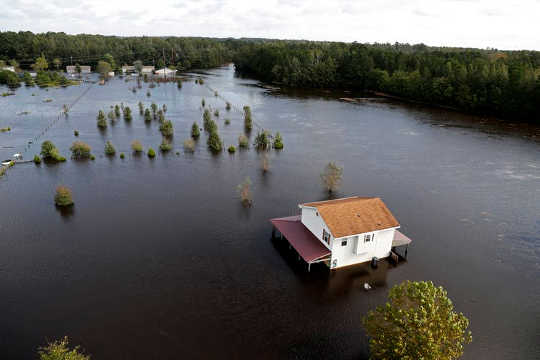 Heavy rains following Hurricane Florence have raised concerns over the release of toxic materials. Ash from coal-fired power plants stored at a landfill has spilled out and the state of North Carolina has said dozens of sites have released hog waste or are at risk of doing so.
Heavy rains following Hurricane Florence have raised concerns over the release of toxic materials. Ash from coal-fired power plants stored at a landfill has spilled out and the state of North Carolina has said dozens of sites have released hog waste or are at risk of doing so.
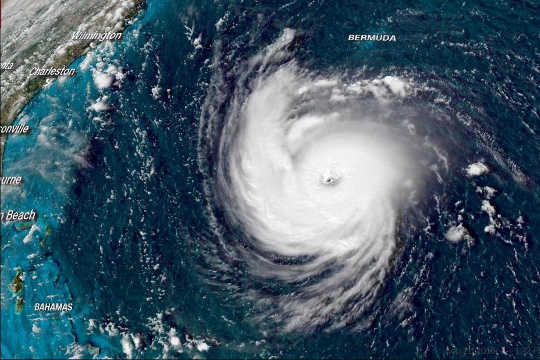 Hurricane Florence is heading toward the U.S. coast, right at the height of hurricane season. Hurricanes can cause immense damage due to the winds, waves and rain, not to mention the chaos as the general population prepares for severe weather. The latter is getting more relevant, as the monetary damage from disasters is trending up. The growing coastal population and infrastructure, as well as rising sea level, likely contribute to this increase in costs of damage.
Hurricane Florence is heading toward the U.S. coast, right at the height of hurricane season. Hurricanes can cause immense damage due to the winds, waves and rain, not to mention the chaos as the general population prepares for severe weather. The latter is getting more relevant, as the monetary damage from disasters is trending up. The growing coastal population and infrastructure, as well as rising sea level, likely contribute to this increase in costs of damage.
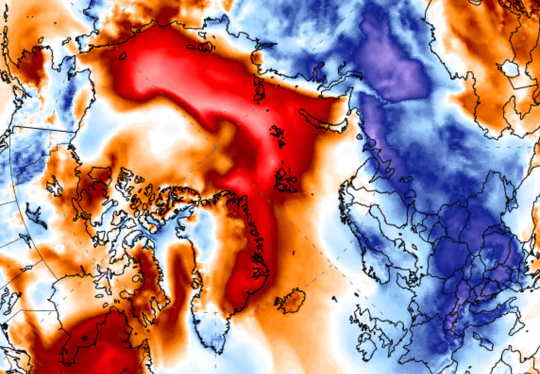 During the past week, bitterly cold weather has engulfed the UK and most of Northern Europe. At the same time, temperatures in the high Arctic have been 10 to 20°C above normal – although still generally below freezing.
During the past week, bitterly cold weather has engulfed the UK and most of Northern Europe. At the same time, temperatures in the high Arctic have been 10 to 20°C above normal – although still generally below freezing.
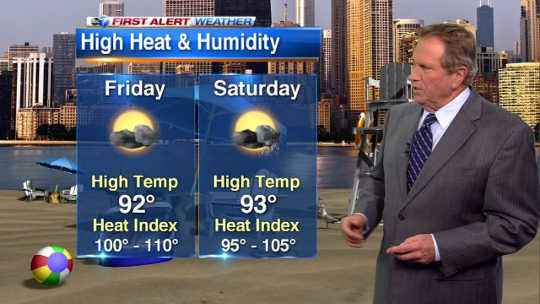 After an unusually intense heat wave, downpour, or drought, Noah Diffenbaugh and his research group inevitably get phone calls and emails asking whether human-caused climate change played a role.
After an unusually intense heat wave, downpour, or drought, Noah Diffenbaugh and his research group inevitably get phone calls and emails asking whether human-caused climate change played a role.
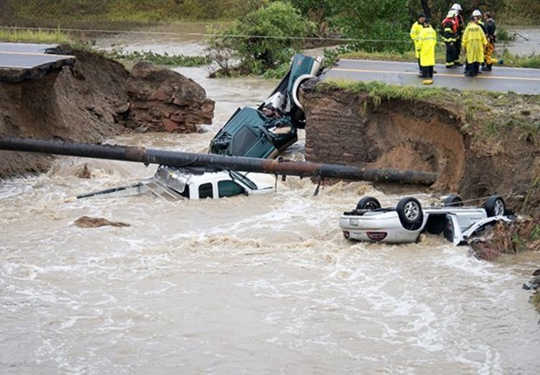 As the planet warms, rainfall and weather patterns will change. As temperatures rise, the amount of water in the atmosphere will increase.
As the planet warms, rainfall and weather patterns will change. As temperatures rise, the amount of water in the atmosphere will increase.
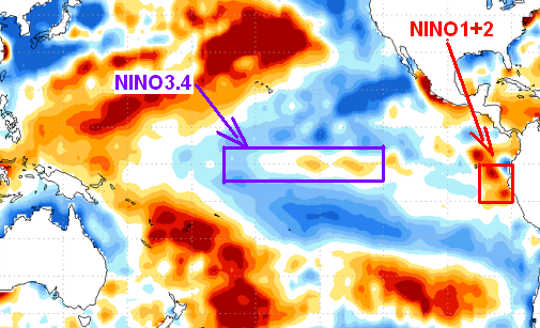 You’ve probably heard about El Niño, the climate system that brings dry and often hotter weather to Australia over summer.
You’ve probably heard about El Niño, the climate system that brings dry and often hotter weather to Australia over summer.
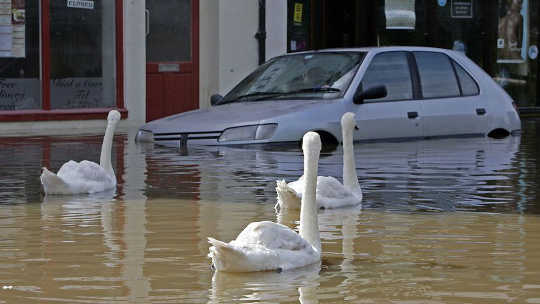 These days, after an extreme weather event like a cyclone, bushfire, or major storm, it’s common to find people asking: was it climate change?
These days, after an extreme weather event like a cyclone, bushfire, or major storm, it’s common to find people asking: was it climate change?
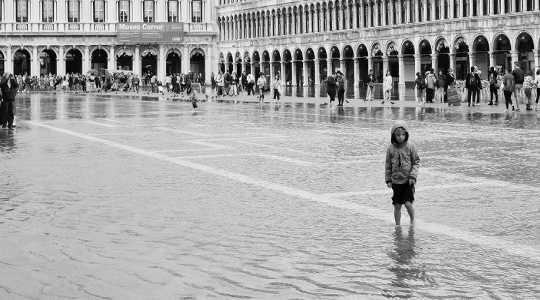 Cities and towns across Europe are warned to adapt to the battering they face from intense storms as extreme weather events become more frequent.
Cities and towns across Europe are warned to adapt to the battering they face from intense storms as extreme weather events become more frequent.
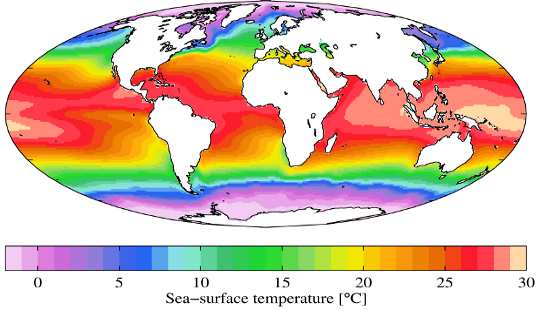 Sea level changes in the Pacific Ocean let scientists estimate future global average surface temperatures, a new report shows.
Sea level changes in the Pacific Ocean let scientists estimate future global average surface temperatures, a new report shows.
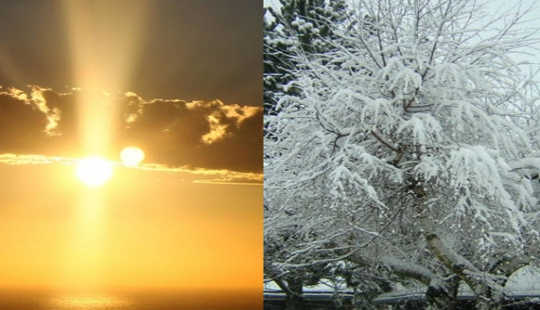 This past July was the hottest single month in Earth’s recorded history, but warming isn’t the only danger climate change holds in store.
This past July was the hottest single month in Earth’s recorded history, but warming isn’t the only danger climate change holds in store.














